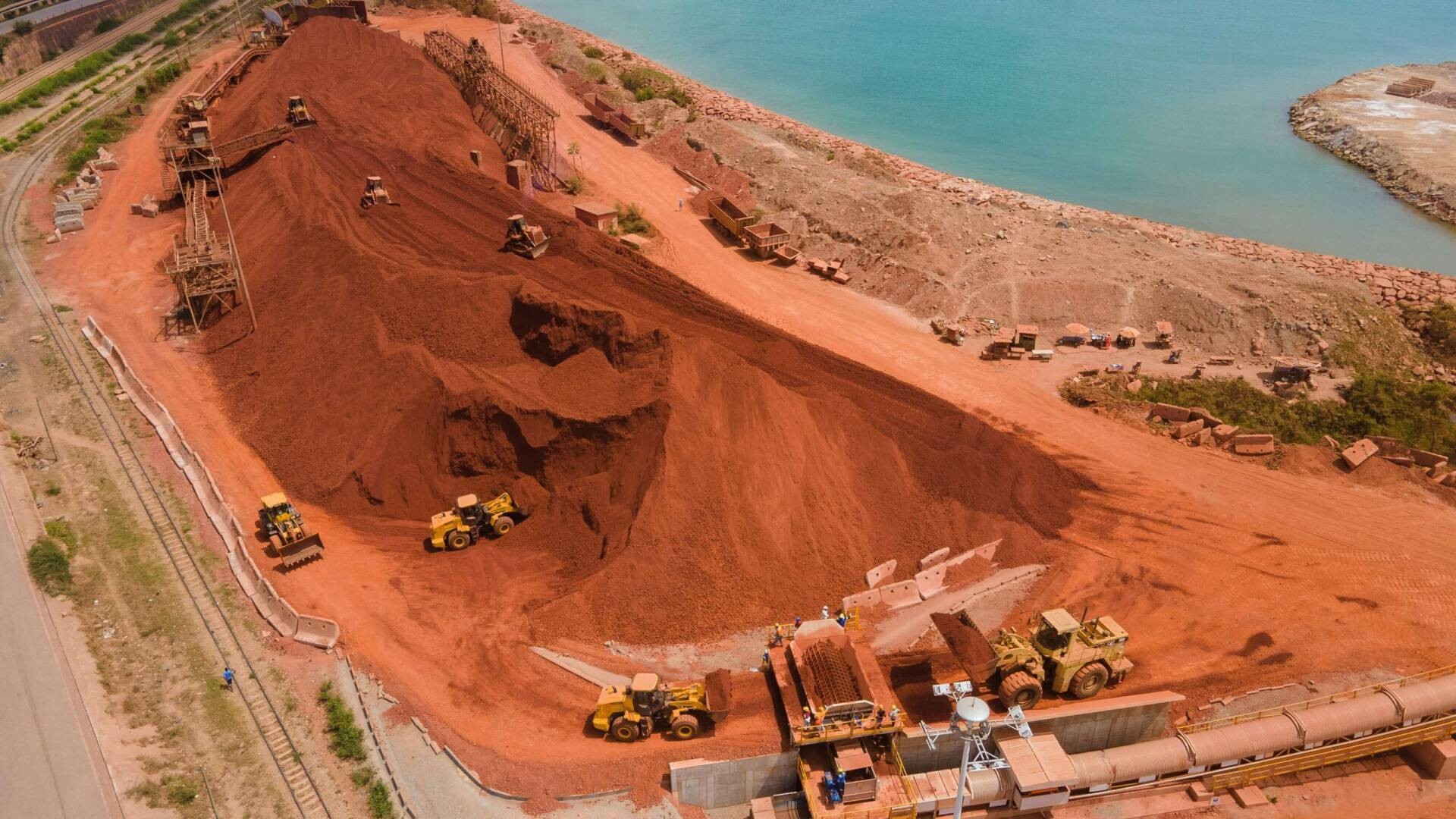

Ghana is a significant contender in the global bauxite production arena, boasting an impressive reserve estimated at 900 million tonnes. Yet, this wealth of natural resources still needs to be tapped mainly, missing out on significant economic opportunities. With strategic planning and investment, Ghana has the potential to transform its bauxite industry, catalysing industrial growth, creating jobs, and boosting the national economy.

According to the Ghana Chamber of Mines, Ghana has maintained its status as Africa's leading gold producer and the 11th largest producer worldwide, producing four million ounces in 2023. Gold production is anticipated to range between 4.3 million and 4.5 million ounces, driven by increased output from both large and small-scale producers. Large-scale gold mining firms are expected to contribute 3.4 million ounces. New projects, including Newmont's Ahafo North and Cardinal Resource's Namdini Gold Mine, will play a significant role in this growth.
Michael Akafia, the President of the Ghana Chamber of Mines, made a significant announcement during the Chamber's AGM in Accra, providing a crucial update on the mining sector's future. This update is designed to keep stakeholders informed and involved in the developments of Ghana's mineral industry.
Akafia highlighted the mining sector's promising outlook for Ghana's mineral industry in 2024.
According to the Chamber of Mines, manganese production is forecasted to reach 5 million tonnes, while bauxite production is expected to be between 1.2 million and 1.5 million tonnes. Diamond exports are projected to increase, with estimates ranging from 220,000 to 250,000 carats.
Akafia pointed out, "This growth is a testament to the sector's resilience and potential for expansion. However, some large-scale mines may experience a reduction in output due to life-of-mine-related factors."
The significant growth in gold production, coupled with increases in manganese, bauxite, and diamond production, is poised to impact Ghana's economy substantially. In 2023, the mining sector notably bolstered Ghana's foreign exchange reserves, with mineral export receipts rising from US$6.8 billion in 2022 to US$7.8 billion in 2023. Gold alone accounted for US$7.6 billion of this total, painting a promising picture for the future of Ghana's economy.
The sector also injected US$7.29 billion into the local economy, surpassing its mineral revenue. This expenditure covered non-energy goods and services, electricity, diesel, salaries, taxes, and corporate social investment.
Akafia highlighted that contrary to media reports, a substantial portion of mineral revenue (59.1 per cent) was paid to the state, a significant increase from the 25.8 per cent recorded in 2022. The president took the opportunity to commend member companies for their resilience amidst economic, fiscal, and legal challenges.
He asserted, "The mining sector is crucial to Ghana's economy, and the Chamber is committed to ensuring sustainable growth through strategic stakeholder engagements and communication initiatives."
He emphasised that the sector strives to serve as a model of best practices in sustainable and responsible mining throughout the continent, making a substantial contribution to Ghana's economic growth.



Responses






